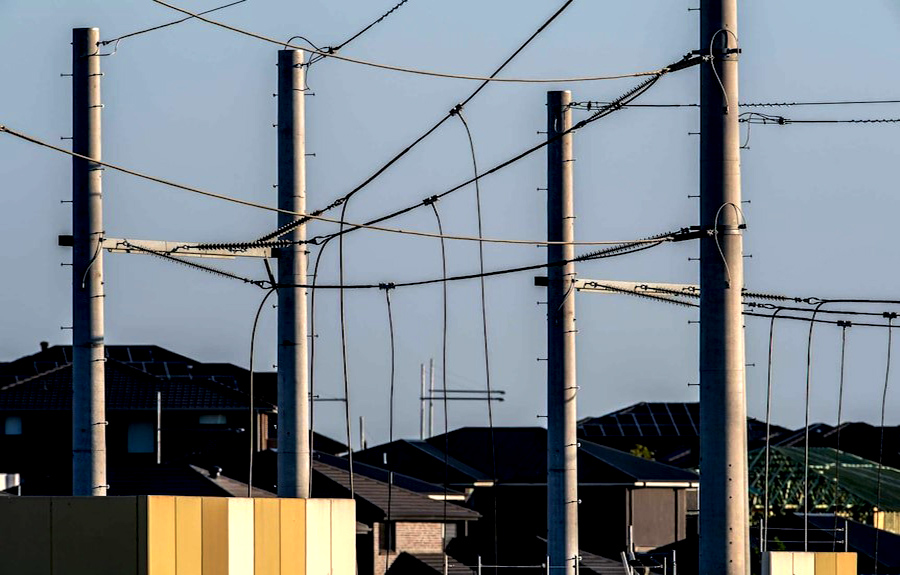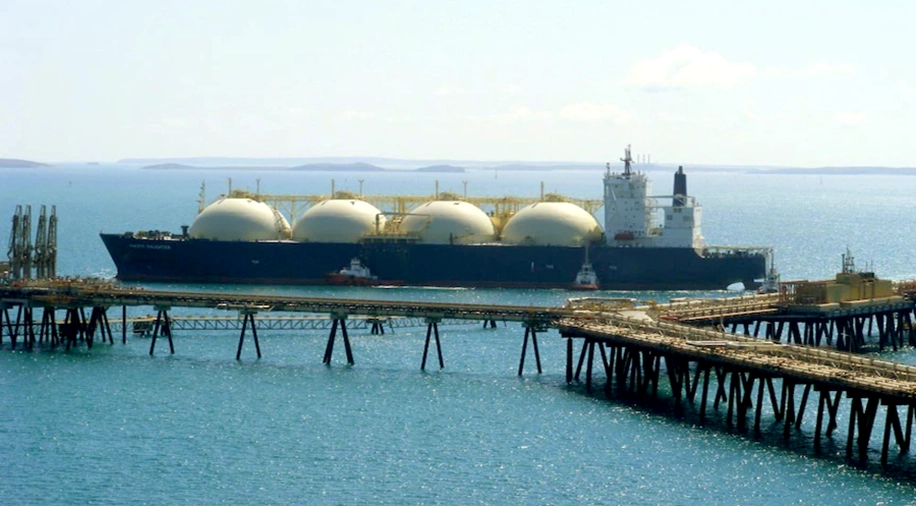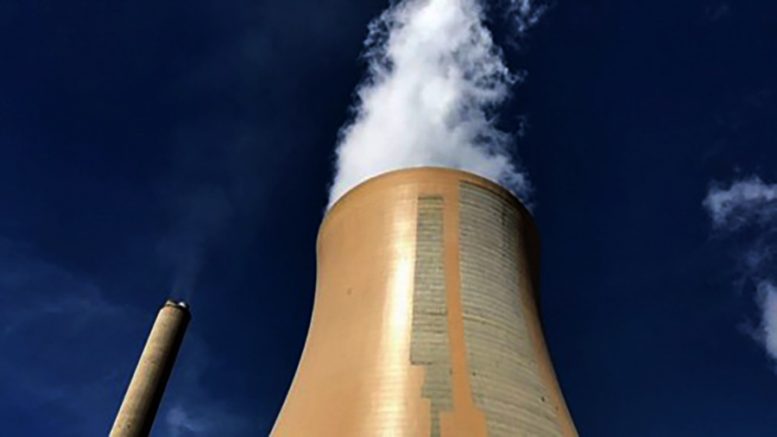Contributed by Jim Hayes
There is a lot of talk about an energy crisis, and this has brought on debate about Australia’s energy future. But there is very little said about how we have arrived at the point where we are threatened with sudden blackouts. Understanding this is important towards finding an answer.
A big part of the cause is indecision on how to deal with dirty energy and move towards clean alternatives. This has left the power generation across the country antiquated and incapable of properly dealing with the demand. Existing power stations are going out of commission.
There is no way of getting around the fact that Australia’s power generation and distribution system needs rebuilding to ensure the light stay on. And this provides an opportunity to move onto renewables at a faster pace.
Getting in the way is that there is no national energy system, leaving it open for private companies operating within it to play the contradictions to gain financial advantage. Power has become a speculative asset. More so when there is a spot market operated by the Australian Energy Market Operator (AEMO), which allows energy providers to by buying at off peak prices and selling at peak prices. Consequently, supply is less in tune with demand than it should be. It is more profitable to undersupply and charge higher prices.

Photo by Brendan Esposito/ABC: Australia’s network of poles and wires needs a massive upgrade
Proof of this is that as the Eastern states face the coldest winter in decades, NSW and Victoria have been forced to suspend the spot market to ensure that there is more supply to meet increased demand. market to impose some control over rising prices.
The first changes needed are the creation of a national energy authority and getting rid of the spot market permanently.
Energy costs the consumer far too much. Take the case of Victoria. The Kennett government sold the State Electricity Commission of Victoria. Generation, transmission, and retail were separated. A taxpayer profit margin was guaranteed for decades. It all ended in the hands of Singapore based companies.
These companies were given the right to charge large maintenance fees, and at the same time enjoyed the legal right to transfer their funds to the overseas parent companies. The means was to hire them as consultants attracting enormous fees. This has been money not used to keep generation and transmission up to standard.
This is more or less the system that prevails over much of Australia.
It doesn’t stop here. Most government funding has gone to subsidise increasingly costly fossil fuel power. Alternatives have been neglected. The Morrison government went so far as to champion its gas led recovery for the economy.
Another reality is that the bulk of coal and gas is exported overseas, leaving a shortage for domestic use. Energy is a vital resource and maintaining energy security a necessity for the health of the economy and quality of life.

Photo from ABC News: Australia is the world’s number one gas exporter and neglects domestic supply
In the short-term, exports should be restricted to meet this shortage and help keep down the price paid by consumers. In the medium term, support for fossil fuels must end and sufficient investment turned over to real renewable energy sources. In the longer-term, the answer is building a new and clean low energy use economy.


Be the first to comment on "Australia’s energy crisis the result of bad policy and privatisation"